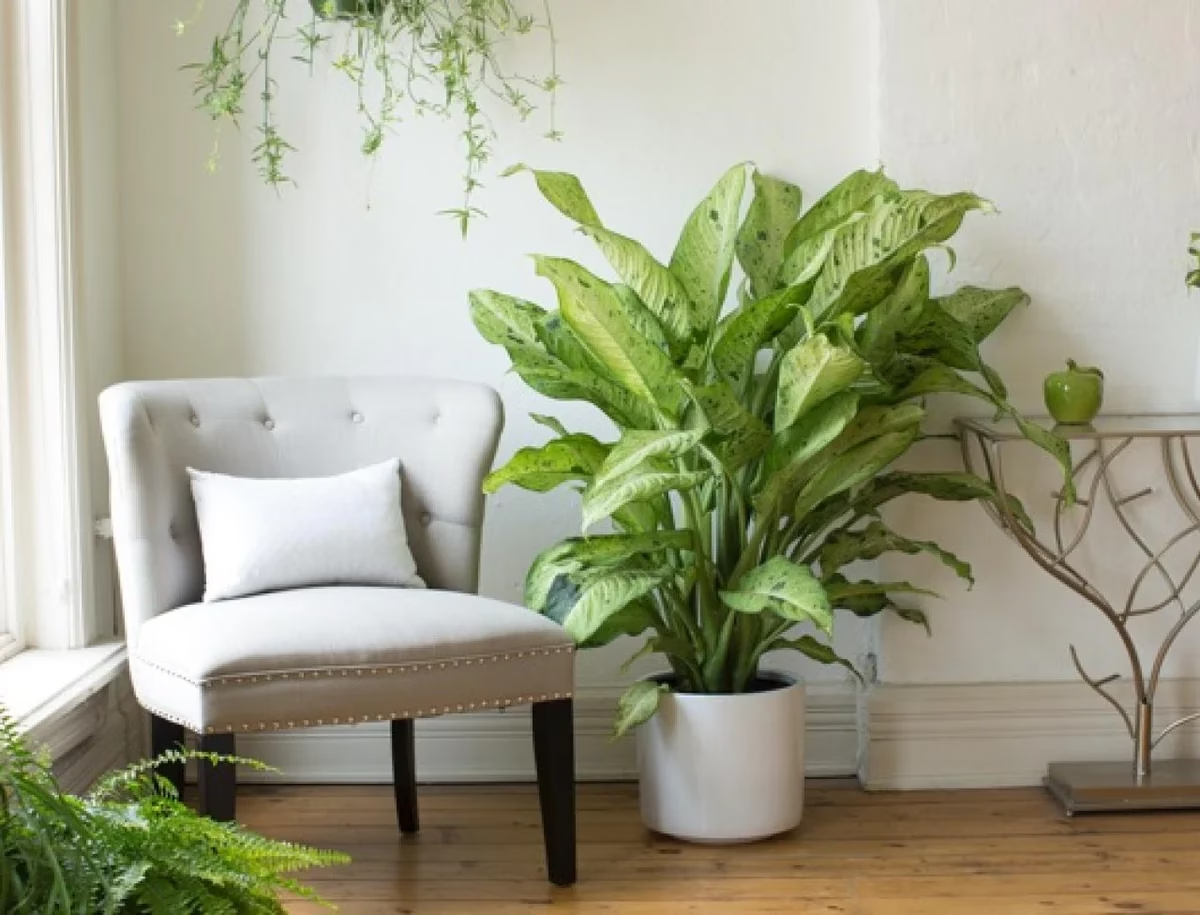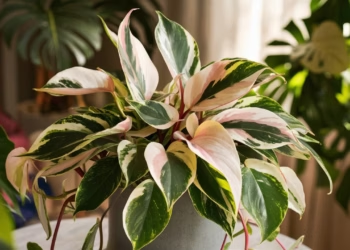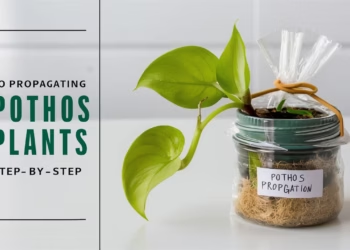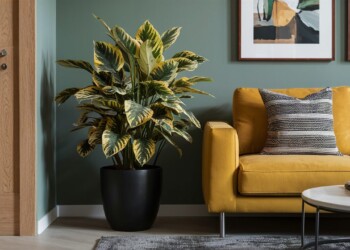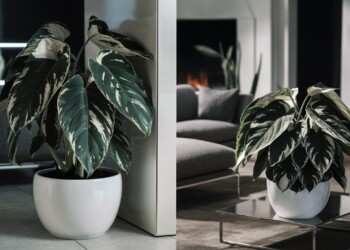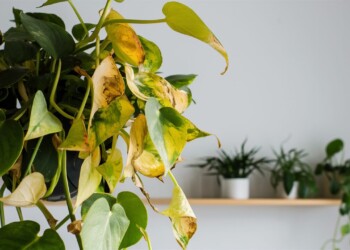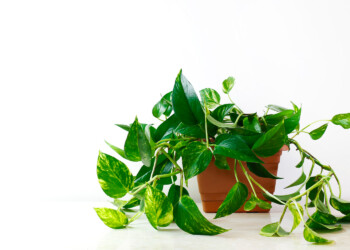So, you’ve decided to add a touch of green to your indoor space, eh? Well, look no further than the vibrant and resilient dieffenbachia plant! Whether you’re a seasoned green thumb or just dipping your toes into the world of indoor gardening, mastering dieffenbachia plant care is a breeze with the right guidance. In this comprehensive guide, we’ll delve into the ins and outs of growing and caring for indoor dieffenbachia plants, from selecting the perfect spot to troubleshooting common issues. Get ready to witness your dieffenbachia thrive and flourish like never before!
Understanding Dieffenbachia: An Overview
Dieffenbachia, scientifically classified under the genus Dieffenbachia seguine, is a popular houseplant admired for its large, vibrant leaves. Originating from the tropical regions of the Americas, including Mexico, South America, Central America, and the Caribbean, Dieffenbachia thrives in warm, humid environments. While it can reach towering heights of 6 to 10 feet in its native habitat, cultivated Dieffenbachia typically maintains a more modest stature of 1 to 3 feet when grown indoors.
Key Attributes of Dieffenbachia
- Genus Name: Dieffenbachia seguine
- Common Name: Dieffenbachia, Dumb Cane
- Plant Type: Houseplant
- Light: Part Sun, Shade
- Height: 1 to 3 feet
- Width: 2 to 3 feet
- Flower Color: White
- Foliage Color: Blue/Green, Chartreuse/Gold
- Special Features: Good for Containers, Low Maintenance
- Zones: 10, 11
- Propagation: Stem Cuttings
Where to Plant Dieffenbachia
Dieffenbachia thrives in environments that replicate its native tropical habitat. For those residing in Zones 10 and above, outdoor cultivation is viable, provided the plant receives adequate shade and protection from direct sunlight. In regions outside these zones, Dieffenbachia flourishes as an indoor specimen, requiring minimal sun exposure.
When positioning your Dieffenbachia indoors, opt for north or east-facing windows to provide gentle morning sunlight while shielding the plant from harsh drafts. In rooms with south or west-facing windows, mitigate intense sunlight exposure by employing sheer curtains to diffuse light intensity.

Choosing the Perfect Spot
Ah, the age-old dilemma: where to place your beloved dieffenbachia for optimal growth? Fear not, dear reader, for we’ve got you covered with some handy tips:
- Indirect Light is Key: Dieffenbachia plants adore bright, indirect sunlight. Avoid placing them in direct sunlight, as this can scorch their delicate leaves. Opt for a spot near a window where they can bask in gentle, filtered sunlight.
- Mind the Temperature: Dieffenbachia plants are tropical beauties at heart, so they prefer warm and humid conditions in temperatures between 60°F to 75°F, with growth stalling below 60°F. Keep them away from drafty areas and extreme temperature fluctuations to prevent stress.
- Watch Out for Pets and Children: While dieffenbachia plants add a touch of elegance to any space, it’s essential to keep them out of reach of curious pets and children. The sap of the dieffenbachia plant can be irritating if ingested, so exercise caution when placing them in your home.

Watering and Humidity
Ah, the age-old question: how much water does my dieffenbachia need? Let’s break it down:
- Don’t Drown Them: While dieffenbachia plants enjoy consistently moist soil, they loathe soggy feet! Allow the top inch of soil to dry out between waterings, then give them a good drink. Ensure proper drainage to prevent waterlogging, which can lead to root rot.
- Humidity is Your Friend: Remember, dieffenbachia plants hail from the tropics, where humidity reigns supreme. Mimic their natural habitat by providing ample humidity. You can achieve this by placing a tray of water filled with pebbles beneath the plant or using a humidifier.
- Keep an Eye on the Leaves: Drooping or yellowing leaves could be a sign of overwatering or underwatering. Adjust your watering schedule accordingly, and your dieffenbachia will thank you with lush, vibrant foliage!

Fertilizing Like a Pro
Alright, let’s talk nutrients! Like all plants, dieffenbachia plants benefit from a little boost now and then:
- Feed Me, Seymour: During the growing season (spring and summer), feed your dieffenbachia plant with a balanced, water-soluble fertilizer every four to six weeks. Dilute the fertilizer to half the recommended strength to prevent fertilizer burn.
- Easy Does It: Avoid overfertilizing, as this can lead to salt buildup in the soil and cause root damage. Remember, moderation is key when it comes to feeding your dieffenbachia!

Common Pests and Problems
Uh-oh, did your dieffenbachia run into some trouble? Don’t panic! Here are some common pests and problems to watch out for:
- Spider Mites: These tiny pests can wreak havoc on your dieffenbachia plant, sucking the life out of its leaves. Combat spider mites by regularly misting your plant to increase humidity and wiping down the leaves with a damp cloth.
- Yellowing Leaves: While a few yellow leaves are normal as your dieffenbachia matures, excessive yellowing could indicate issues with watering, light, or pests. Assess your plant’s environment and adjust accordingly to prevent further leaf loss.
- Root Rot: Overwatering is the leading cause of root rot in dieffenbachia plants. If you notice mushy, discolored roots or foul-smelling soil, it’s time to take action! Trim away any affected roots and repot your plant in fresh, well-draining soil.

Types of Dieffenbachia
Diversify your Dieffenbachia collection with unique cultivars boasting distinct foliage patterns and characteristics:
- ‘Camilla’ Dieffenbachia: Featuring broad white bands edged in green, ‘Camilla’ thrives in low light conditions.
- ‘Camouflage’ Dieffenbachia: Adorned with speckled light green leaves, ‘Camouflage’ adds visual intrigue to any indoor space.
- Dieffenbachia Maculata: Sporting medium green leaves with creamy white variegation, this variety maintains a compact, shrubby growth habit.
- ‘Tropical Tiki’ Dieffenbachia: Characterized by silver-green leaves adorned with cream blotches, ‘Tropical Tiki’ emanates tropical charm.
- Dieffenbachia Seguine: Boasting arching leaves marbled with white or cream, Dieffenbachia seguine stands as a classic choice for indoor greenery.
- ‘Tropic Marianne’ Dieffenbachia: With broad creamy-white leaves, ‘Tropic Marianne’ adds a touch of elegance to any indoor setting.
- ‘Tropic Snow’ Dieffenbachia: Recognized for its large leaves adorned with pale green and cream variegation, ‘Tropic Snow’ exudes tropical allure.

And there you have it, folks! With a little TLC and know-how, growing and caring for indoor dieffenbachia plants is a piece of cake. Remember to provide them with the right amount of light, water, and nutrients, and they’ll reward you with lush foliage and vibrant growth. So go ahead, unleash your inner plant parent and let your dieffenbachia shine bright like a diamond in your indoor oasis! Happy gardening!
FAQs
How much sunlight does a Dieffenbachia need?
Dieffenbachia prefers bright, indirect light but can also tolerate lower light conditions. Direct sunlight can scorch its leaves, so it’s best to place it in a spot with filtered sunlight or away from direct sun exposure.
How do you keep Dieffenbachia happy?
To keep Dieffenbachia happy, provide it with the right amount of water, ensure proper drainage, maintain consistent room temperature, and avoid exposing it to drafts or extreme temperature fluctuations. Additionally, keep its foliage clean by wiping dust off the leaves regularly.
Should I cut off brown Dieffenbachia leaves?
Yes, you should cut off brown Dieffenbachia leaves to promote the plant’s overall health and appearance. Use clean scissors or pruning shears to remove brown or damaged leaves at their base. This helps prevent further damage and allows the plant to focus its energy on healthy growth.
Is Dieffenbachia an indoor or outdoor plant?
Dieffenbachia is primarily an indoor plant, although it can be grown outdoors in warm climates with suitable conditions. It thrives in indoor environments where it’s protected from harsh sunlight, drafts, and temperature extremes.
What does an overwatered Dieffenbachia look like?
An overwatered Dieffenbachia may exhibit symptoms such as yellowing leaves, wilting, or drooping foliage, mushy or rotten roots, and soil that remains constantly wet. These signs indicate that the plant is receiving more water than it can use, leading to root rot and other moisture-related issues.
Why are my Dieffenbachia leaves turning brown and crispy?
Dieffenbachia leaves may turn brown and crispy due to various factors such as underwatering, overwatering, low humidity, exposure to cold drafts, or pests. Ensure the plant receives adequate water, avoid overwatering, maintain consistent humidity levels, and protect it from cold drafts to prevent browning and crisping of the leaves.
